The tragic final photo of the Challenger crew shows the seven astronauts grinning as they headed to the rocket which would turn into a fireball less than two minutes into their spaceflight, killing them all.
The awful incident happened 30 years ago in 1986 at the Kennedy Space Center.
The NASA expedition was supposed to launch two satellites, one of which was set to monitor Halley's Comet during its closest approach to the Sun.
However, the Challenger was set ablaze in a huge fireball during a televised take off just 73 seconds into its flight.
As NASA engineers and millions around the world watched as it disintegrated 46,000 feet above the Atlantic Ocean, it was clear that seven passengers on board were killed and there was no chance of survival.
Those on board were astronauts Francis Scobee, Michael Smith, Ronald McNair, Ellison Onizuka, Judith Resnik, Gregory Jarvis and schoolteacher Christa McAuliffe who all died during the explosion.
Caused by the failure of two rubber O-rings to seal at the joint of two Solid Rocket Boosters, which then went on to throw out hot exhaust gas, which turned into flames.
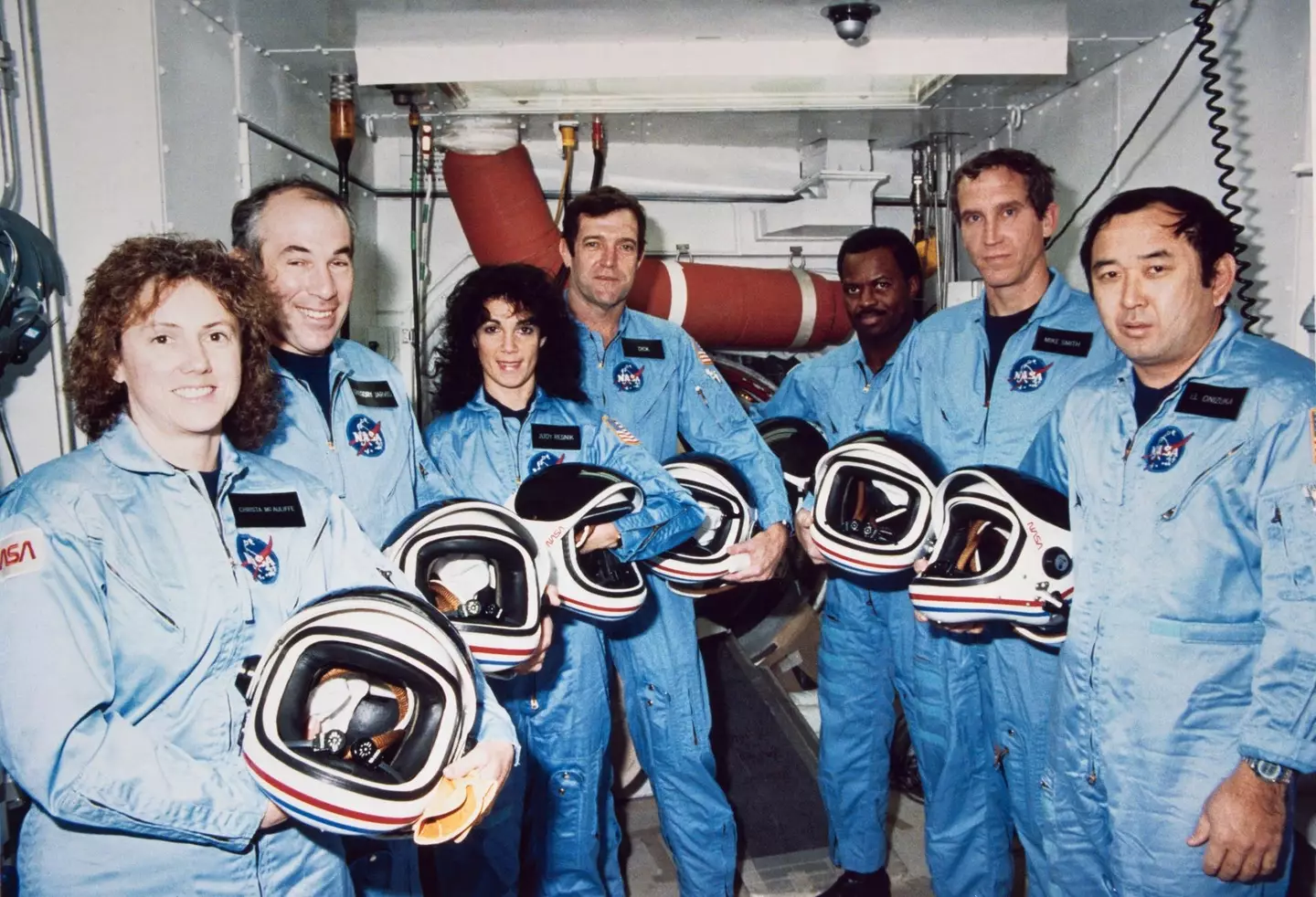
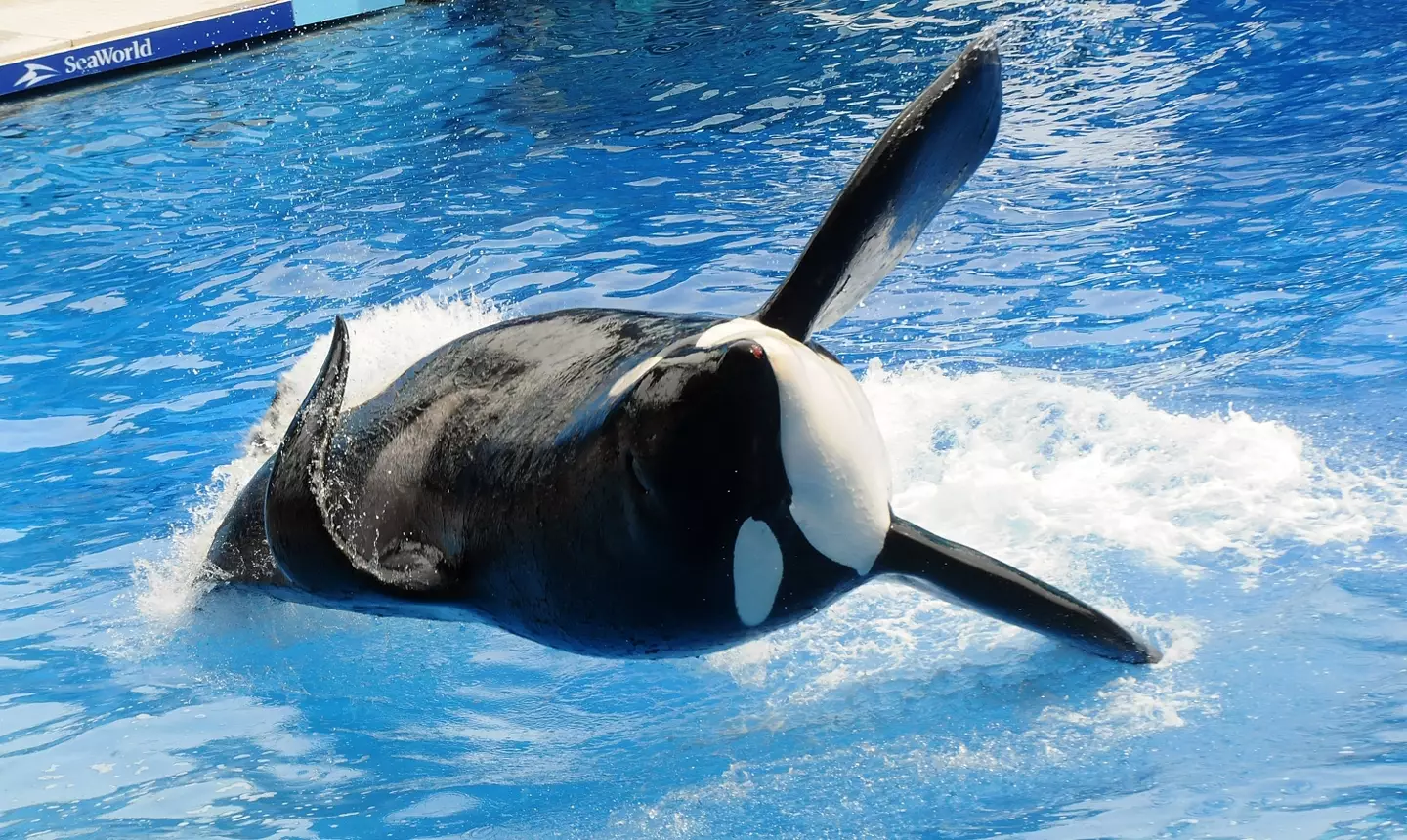
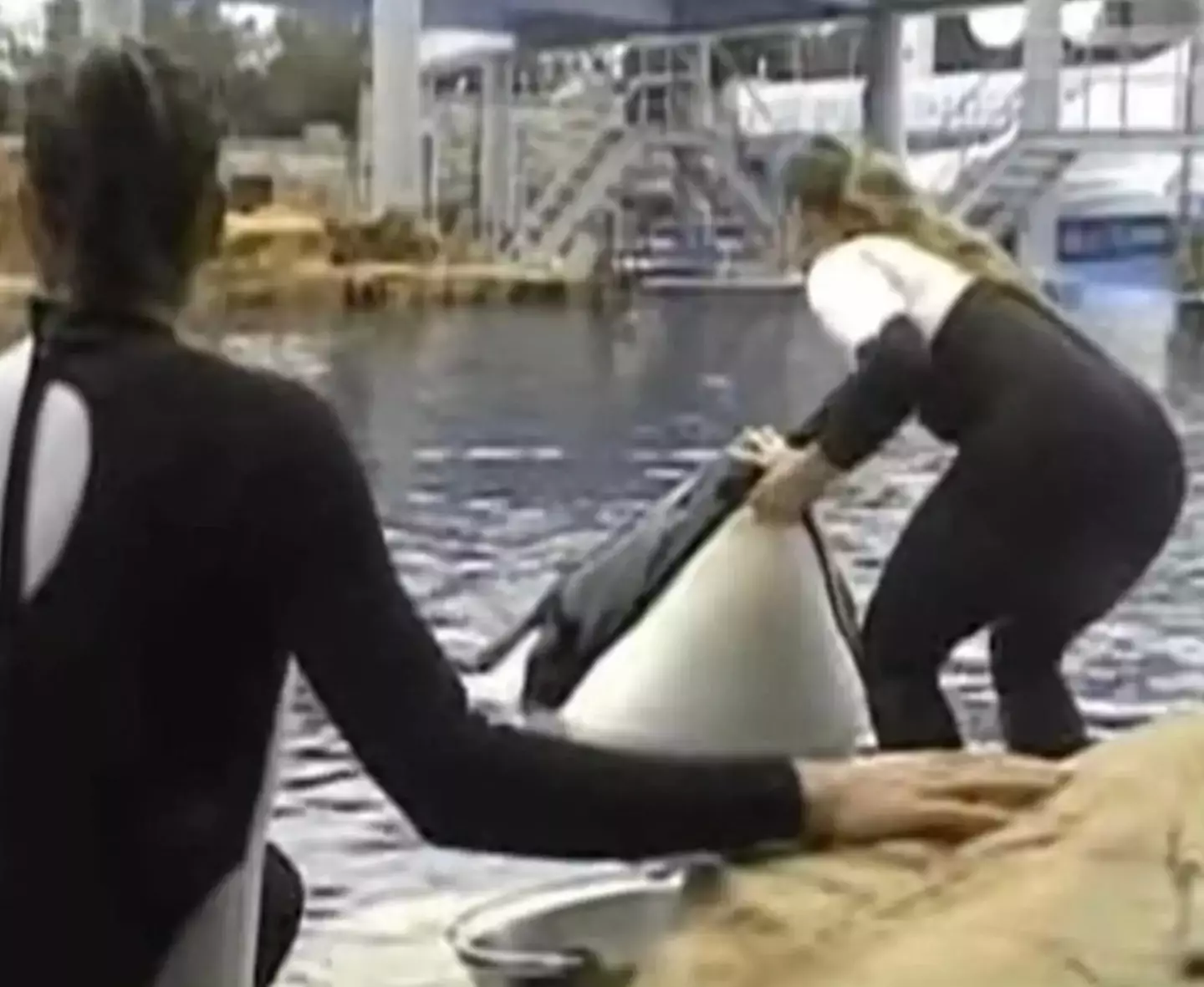
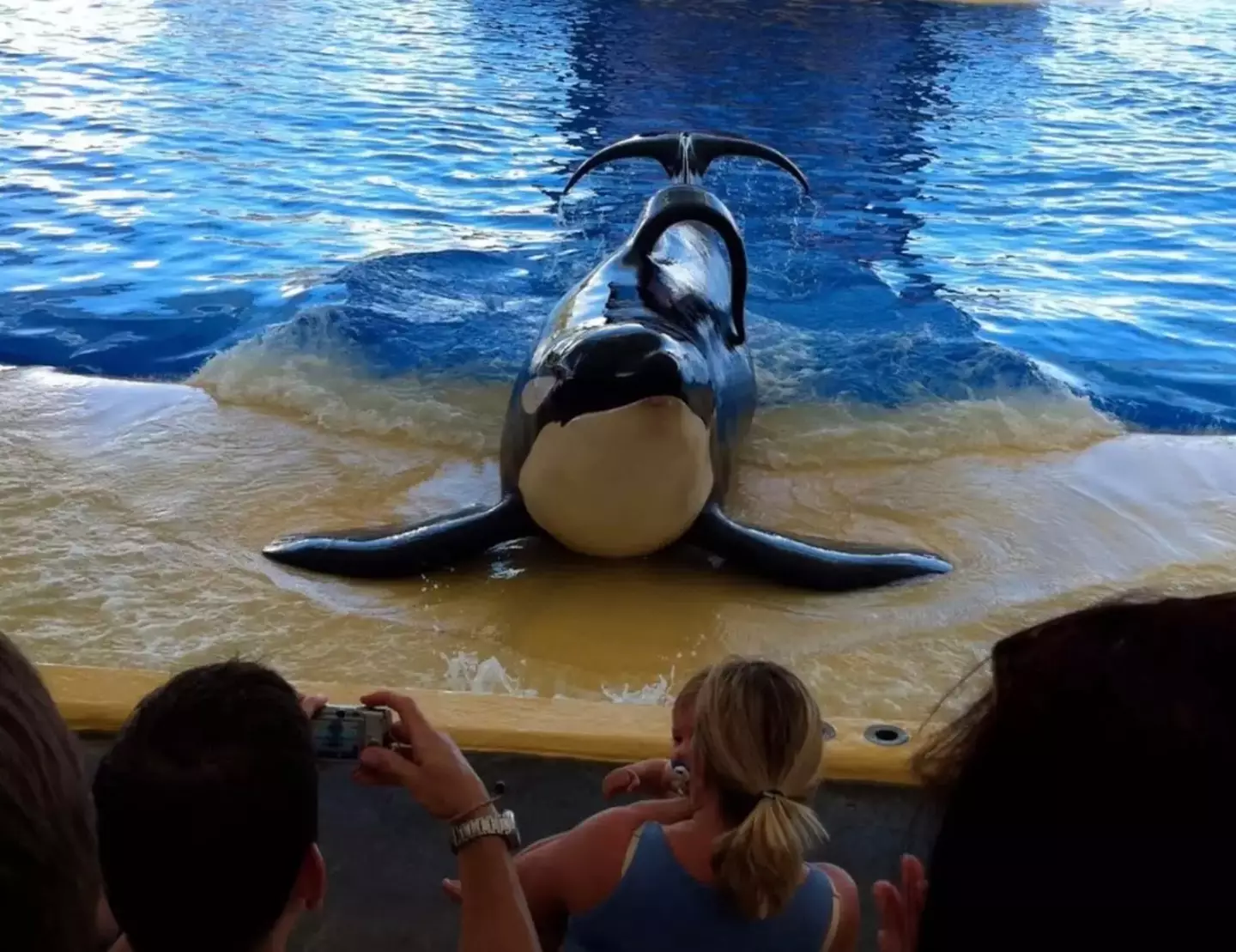
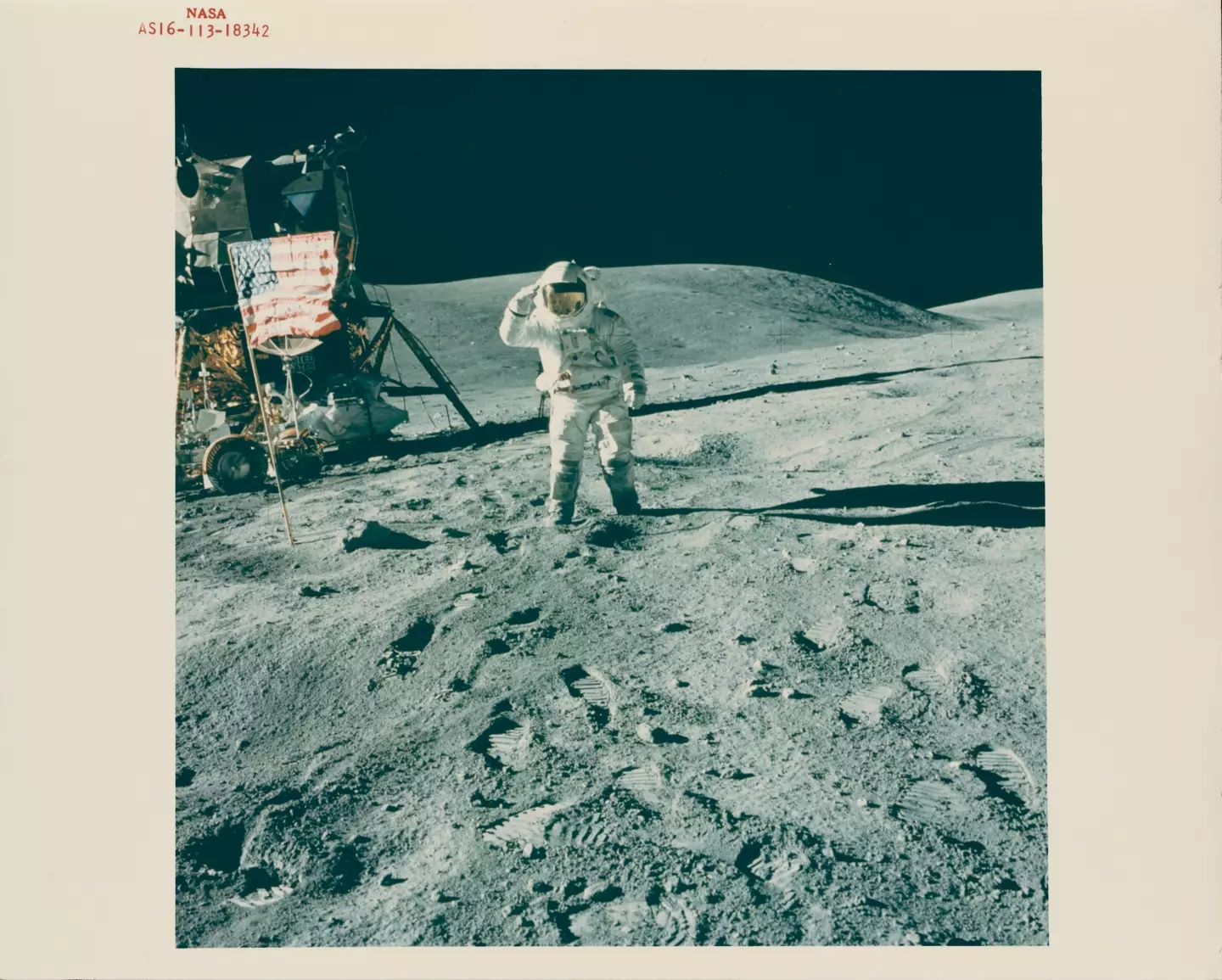
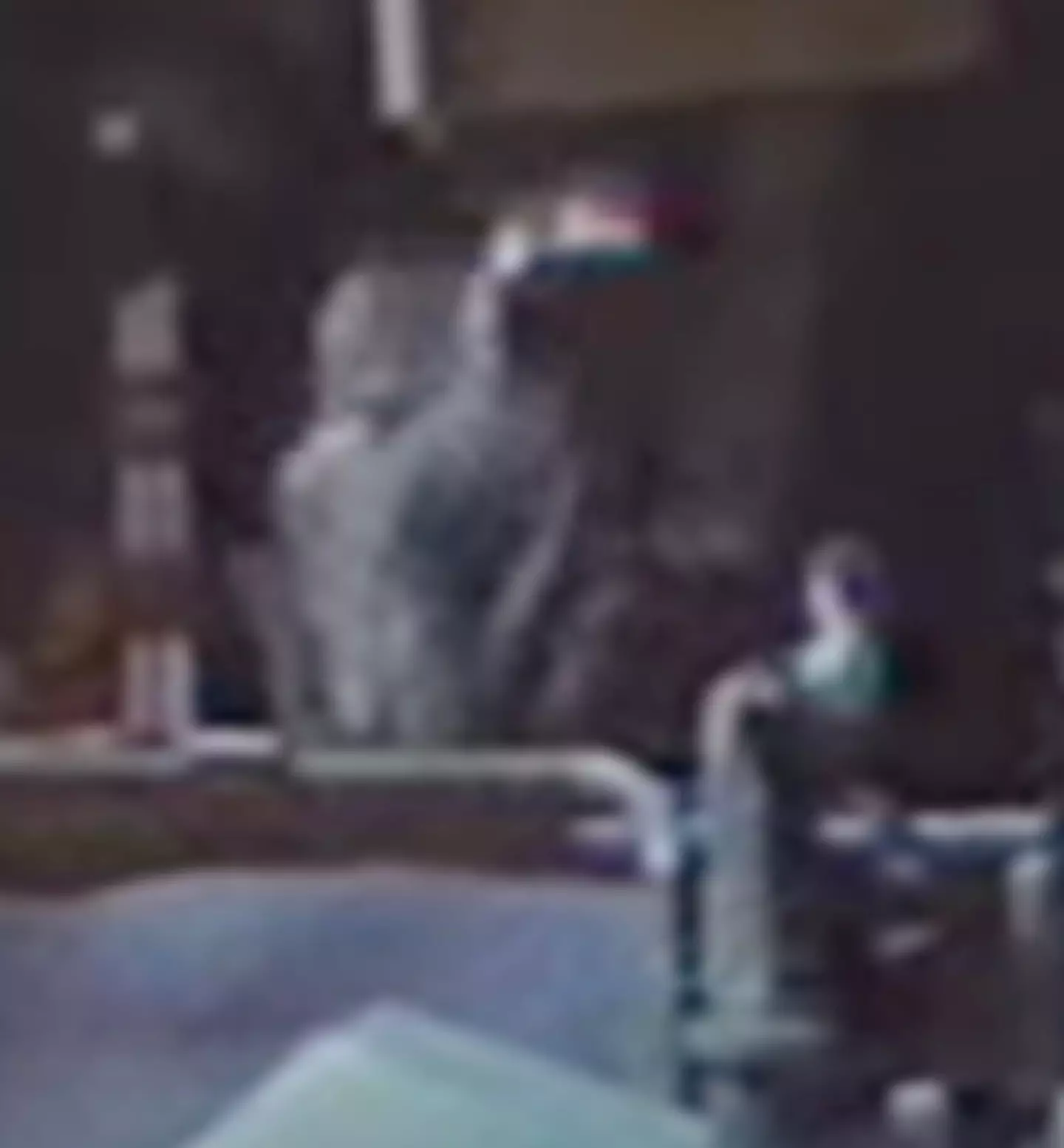
The awful incident happened 30 years ago in 1986 at the Kennedy Space Center.
The NASA expedition was supposed to launch two satellites, one of which was set to monitor Halley's Comet during its closest approach to the Sun.
However, the Challenger was set ablaze in a huge fireball during a televised take off just 73 seconds into its flight.
As NASA engineers and millions around the world watched as it disintegrated 46,000 feet above the Atlantic Ocean, it was clear that seven passengers on board were killed and there was no chance of survival.
Those on board were astronauts Francis Scobee, Michael Smith, Ronald McNair, Ellison Onizuka, Judith Resnik, Gregory Jarvis and schoolteacher Christa McAuliffe who all died during the explosion.
Caused by the failure of two rubber O-rings to seal at the joint of two Solid Rocket Boosters, which then went on to throw out hot exhaust gas, which turned into flames.

The crew were only in the air for 73 seconds. (NASA)
This then ignited the main liquid tank on the craft, which was a mix of liquid hydrogen and liquid oxygen.
It must have been a terrifying end.
As many people recall watching the moment they all left on the rocket, only to go down moments later, they might not realise that there was one image that showed just how excited they really were to begin their journey to space.
On that fateful day, a picture was snapped of the seven emerging from the building and waving at crowds.
With big grins on their faces and that fresh spark of excitement to do something groundbreaking, it’s all the more heartbreaking that they would never make it to their destination.
This would be their last picture ever taken together before the incident.
After the astronauts died on board and family members in the crowds began to mourn their losses, NASA received some hefty criticism.
This was particularly due to people believing it was all down to man-made faults.
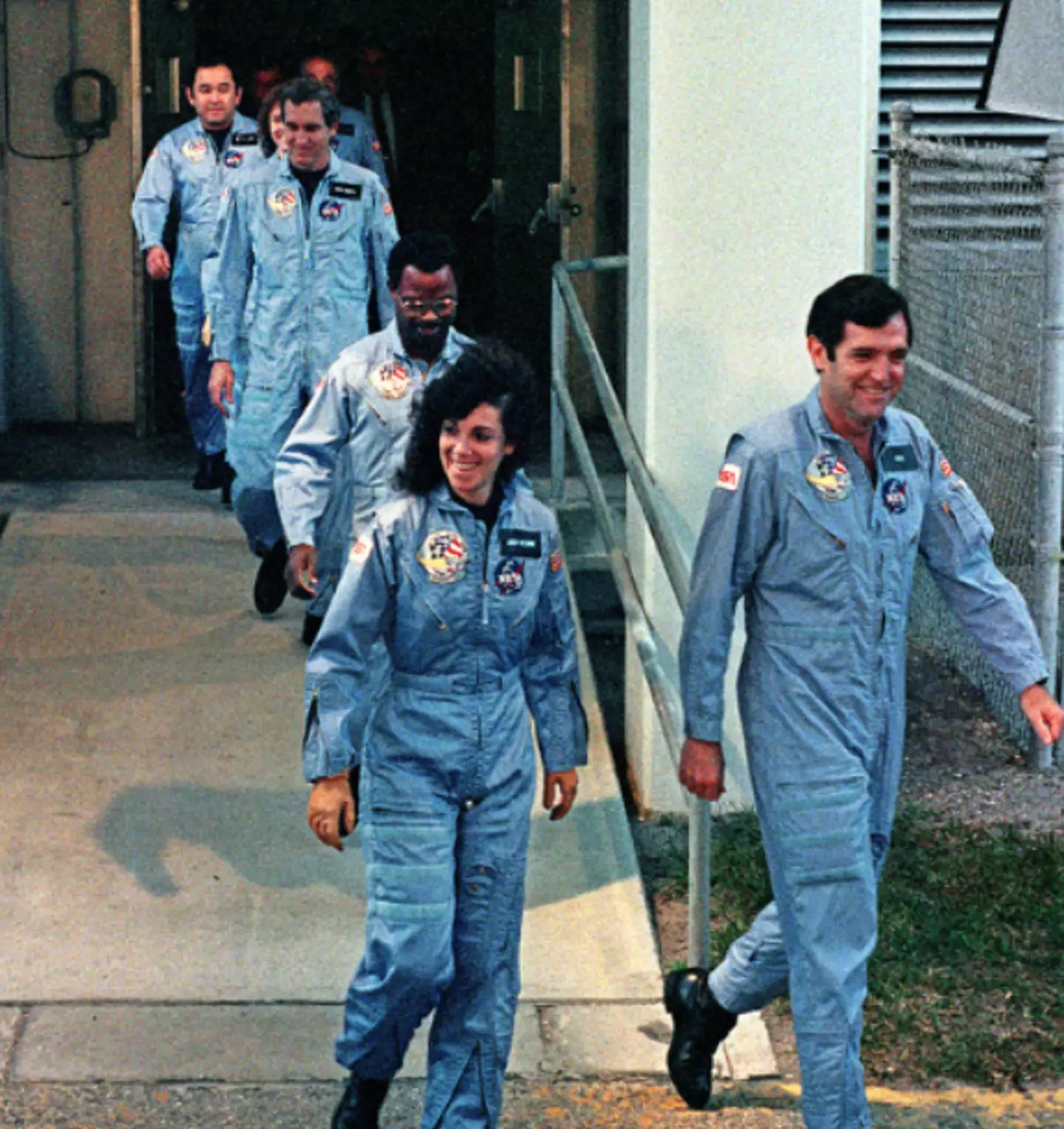
This then ignited the main liquid tank on the craft, which was a mix of liquid hydrogen and liquid oxygen.
It must have been a terrifying end.
As many people recall watching the moment they all left on the rocket, only to go down moments later, they might not realise that there was one image that showed just how excited they really were to begin their journey to space.
On that fateful day, a picture was snapped of the seven emerging from the building and waving at crowds.
With big grins on their faces and that fresh spark of excitement to do something groundbreaking, it’s all the more heartbreaking that they would never make it to their destination.
This would be their last picture ever taken together before the incident.
After the astronauts died on board and family members in the crowds began to mourn their losses, NASA received some hefty criticism.
This was particularly due to people believing it was all down to man-made faults.

The crew's last known picture. (BOB PEARSON/AFP via Getty Images)
In fact, one employee at NASA contractor Morton Thiokol raised the alarm long before the Challenger crew boarded the doomed spacecraft.
Roger Boisjoly, a mechanic who worked on the craft was so concerned by what he was seeing being created that six months before the Challenger launch, he informed company's vice president of engineering of the issues he saw so that they were ‘fully aware of the seriousness of the current O-ring erosion problem’.
Explaining that the O-ring issue, if not fixed, ‘would be a catastrophe of the highest order - the loss of human life'.
Then, the day before the scheduled launch, NASA officials and Morton Thiokol management talked about the O-ring issue.
For the second time, Boisjoly spoke out about what could happen if the O-ring wasn’t resolved.
But everyone overrode his concerns and planned for it to go ahead anyway.
The next day, everyone on board would be dead and a lawsuit would find that Morton Thiokol was largely responsible for the faulty O-ring.
The chilling photo taken just moments before a SeaWorld trainer was dragged to her death by a captive killer whale has resurfaced online, reminding many of the tragedy that unfolded more than 14 years ago.
On 24 February, 2010, SeaWorld trainer Dawn Brancheau lost her life when a performance with a whale she had 'built a great relationship with' took a devastating turn.
SeaWorld trainer survived a killer whale attack in extraordinary footage
At the end of the Dine With Shamu show Dawn had performed with a male orca named Tilikum, she was lying on a slide-out on the edge of the pool rubbing the orca's head as part of the end-of-show routine.
Dawn had vast experience working with Tilikum, having worked with the orcas at the Orlando park for 15 years.
Without warning at the end of their routine, however, Tilikum suddenly snatched the 40-year-old's ponytail and dragged her into the pool where, in front of hundreds of horrified visitors, she desperately struggled to free herself.
Tilikum thrashed Dawn around the pool while SeaWorld staff tried to distract him with food and nets.
In fact, one employee at NASA contractor Morton Thiokol raised the alarm long before the Challenger crew boarded the doomed spacecraft.
Roger Boisjoly, a mechanic who worked on the craft was so concerned by what he was seeing being created that six months before the Challenger launch, he informed company's vice president of engineering of the issues he saw so that they were ‘fully aware of the seriousness of the current O-ring erosion problem’.
Explaining that the O-ring issue, if not fixed, ‘would be a catastrophe of the highest order - the loss of human life'.
Then, the day before the scheduled launch, NASA officials and Morton Thiokol management talked about the O-ring issue.
For the second time, Boisjoly spoke out about what could happen if the O-ring wasn’t resolved.
But everyone overrode his concerns and planned for it to go ahead anyway.
The next day, everyone on board would be dead and a lawsuit would find that Morton Thiokol was largely responsible for the faulty O-ring.
The chilling photo taken just moments before a SeaWorld trainer was dragged to her death by a captive killer whale has resurfaced online, reminding many of the tragedy that unfolded more than 14 years ago.
On 24 February, 2010, SeaWorld trainer Dawn Brancheau lost her life when a performance with a whale she had 'built a great relationship with' took a devastating turn.
SeaWorld trainer survived a killer whale attack in extraordinary footage
At the end of the Dine With Shamu show Dawn had performed with a male orca named Tilikum, she was lying on a slide-out on the edge of the pool rubbing the orca's head as part of the end-of-show routine.
Dawn had vast experience working with Tilikum, having worked with the orcas at the Orlando park for 15 years.
Without warning at the end of their routine, however, Tilikum suddenly snatched the 40-year-old's ponytail and dragged her into the pool where, in front of hundreds of horrified visitors, she desperately struggled to free herself.
Tilikum thrashed Dawn around the pool while SeaWorld staff tried to distract him with food and nets.

But it was no use.
The orca - nicknamed 'Tilly' - held onto Dawn for 45 minutes, reportedly severing her spinal cord, scalping her and tearing off an arm in the attack.
An autopsy revealed that Dawn had died by drowning and blunt force trauma, and also suffered fractures to her jawbone, ribs and a cervical vertebra.
Unbelievably so, a photograph was captured of Dawn just moments before Tilikum pulled her beneath the water's surface.
The experienced animal trainer was pictured leaning over the pool, giving Tilikum some love, before the whale - who performed under the generic 'Shamu' name - grabbed her.
The orca - nicknamed 'Tilly' - held onto Dawn for 45 minutes, reportedly severing her spinal cord, scalping her and tearing off an arm in the attack.
An autopsy revealed that Dawn had died by drowning and blunt force trauma, and also suffered fractures to her jawbone, ribs and a cervical vertebra.
Unbelievably so, a photograph was captured of Dawn just moments before Tilikum pulled her beneath the water's surface.
The experienced animal trainer was pictured leaning over the pool, giving Tilikum some love, before the whale - who performed under the generic 'Shamu' name - grabbed her.

Speaking at the time of Dawn's death, John Hargrove, a senior trainer at SeaWorld, said: "We'll never know why Tilikum made that choice to grab Dawn and pull her into the pool.
"He had a great relationship with her, and she had a great relationship with him. I do believe that he loved her, and I know that she loved him."
Experts believe that the killer whale was driven mad by captivity and had become 'psychotic', with Dawn being his third victim after killing two other people in 1991 and 1999.
Dawn's death became a focus of the 2013 documentary Blackfish, which looked into the life of Tilikum in captivity after he was captured at two-years-old.
"He had a great relationship with her, and she had a great relationship with him. I do believe that he loved her, and I know that she loved him."
Experts believe that the killer whale was driven mad by captivity and had become 'psychotic', with Dawn being his third victim after killing two other people in 1991 and 1999.
Dawn's death became a focus of the 2013 documentary Blackfish, which looked into the life of Tilikum in captivity after he was captured at two-years-old.

Magnolia Pictures
The doc also accused SeaWorld of abusing their captive animals, which includes the likes of whales, dolphins and other marine life.
The killer whale returned to performing just over a year after killing Dawn, but high-pressure water hoses were used to massage him instead of hands and removable guardrails were used on the platforms.
In 2016, SeaWorld announced that they were ending their killer whale breeding programme, meaning that the orcas who live there will be the park's last generation.
Tilikum died from a bacterial infection in 2017 at the age of 35, but there are still 18 killer whales living at three different SeaWorld parks in the US today.
Astronaut recalls 'heart-pounding' moment he fell over on the Moon'
Only a handful of people have been to the Moon... or at least that's what they tell us.
But what would you do if you were one of the select few to make the journey? How would you mark the unique occasion?
Well, in April 1972, when Charles Duke got the chance to do just that when he landed on the Moon as part of the Apollo 16 crew, the fifth lunar landing mission.
At the time of the landing, back home on Earth, people were gearing up for the Summer Olympics, which were in Munich that year.
So Duke, who was just 36 when he piloted the mission, decided to pay homage to the sporting spectacle and perform his own some 238,000 miles away in space.
Speaking to Business Insider about the mission, Duke recalled: "It was 1972, and there was going to be the Olympics in Munich that year, so we were going to do the 'Moon Olympics'.
The doc also accused SeaWorld of abusing their captive animals, which includes the likes of whales, dolphins and other marine life.
The killer whale returned to performing just over a year after killing Dawn, but high-pressure water hoses were used to massage him instead of hands and removable guardrails were used on the platforms.
In 2016, SeaWorld announced that they were ending their killer whale breeding programme, meaning that the orcas who live there will be the park's last generation.
Tilikum died from a bacterial infection in 2017 at the age of 35, but there are still 18 killer whales living at three different SeaWorld parks in the US today.
Astronaut recalls 'heart-pounding' moment he fell over on the Moon'
Only a handful of people have been to the Moon... or at least that's what they tell us.
But what would you do if you were one of the select few to make the journey? How would you mark the unique occasion?
Well, in April 1972, when Charles Duke got the chance to do just that when he landed on the Moon as part of the Apollo 16 crew, the fifth lunar landing mission.
At the time of the landing, back home on Earth, people were gearing up for the Summer Olympics, which were in Munich that year.
So Duke, who was just 36 when he piloted the mission, decided to pay homage to the sporting spectacle and perform his own some 238,000 miles away in space.
Speaking to Business Insider about the mission, Duke recalled: "It was 1972, and there was going to be the Olympics in Munich that year, so we were going to do the 'Moon Olympics'.

Space Frontiers/Stringer/Getty
"We just started out doing the high jump."
But it didn't quite go according to plan.
While he was 'horsing around', Duke said that he managed to leap an impressive four feet into the air.
However, when he came in for his landing, the young astronaut straightened his body up, which almost had deadly consequences.
The space suits at the time weighed around 300lbs back on Earth, with the backpack accounting for more than half that weight.
This meant that even though the low levels of gravity reduced the weight to just 50lbs, the backpack, which contained all the necessary life saving equipment, created an imbalance.
Unfortunately for Duke, this was made crystal clear to him when he jumped through the air and came in for landing and fell straight onto his back.
"We just started out doing the high jump."
But it didn't quite go according to plan.
While he was 'horsing around', Duke said that he managed to leap an impressive four feet into the air.
However, when he came in for his landing, the young astronaut straightened his body up, which almost had deadly consequences.
The space suits at the time weighed around 300lbs back on Earth, with the backpack accounting for more than half that weight.
This meant that even though the low levels of gravity reduced the weight to just 50lbs, the backpack, which contained all the necessary life saving equipment, created an imbalance.
Unfortunately for Duke, this was made crystal clear to him when he jumped through the air and came in for landing and fell straight onto his back.

NASA/YouTube
"The backpack weighed as much as I did. So I went over backwards," he said.
"It's a fibreglass shell, and it contained all your life-support systems. If it broke, I was dead.
"My heart was pounding. John Young, my commander, came over and looked down and says, 'That wasn't very smart, Charlie'.
"And I said, 'Help me up, John', and I got real quiet."
Once up, Duke checked to listen to his portable life-support system (PLSS) to see if it had cracked.
Luckily for him, though, he lived to tell the tale.
The astronaut recalled: "You could hear the pumps running. And I said, 'Well, I think I'm OK'.
"I learned a lesson: Never do anything in space that you haven't practiced. And we had not practiced the high jump."
"The backpack weighed as much as I did. So I went over backwards," he said.
"It's a fibreglass shell, and it contained all your life-support systems. If it broke, I was dead.
"My heart was pounding. John Young, my commander, came over and looked down and says, 'That wasn't very smart, Charlie'.
"And I said, 'Help me up, John', and I got real quiet."
Once up, Duke checked to listen to his portable life-support system (PLSS) to see if it had cracked.
Luckily for him, though, he lived to tell the tale.
The astronaut recalled: "You could hear the pumps running. And I said, 'Well, I think I'm OK'.
"I learned a lesson: Never do anything in space that you haven't practiced. And we had not practiced the high jump."







